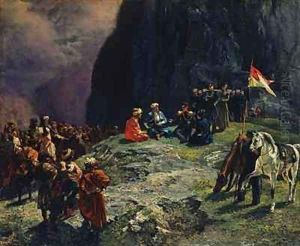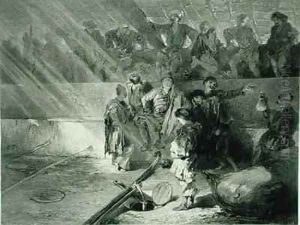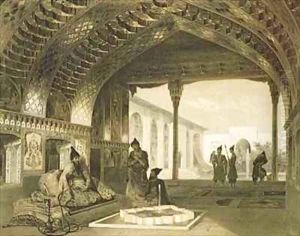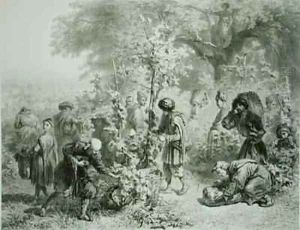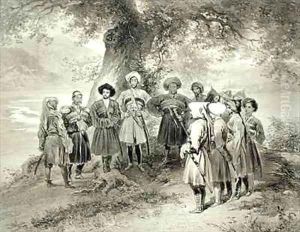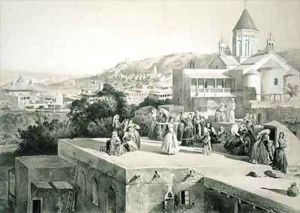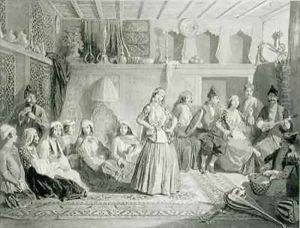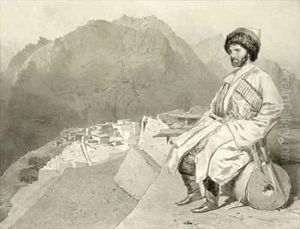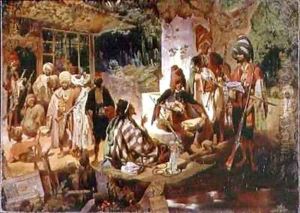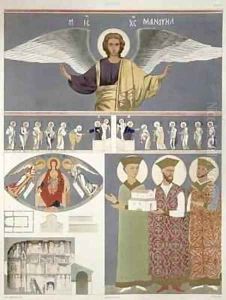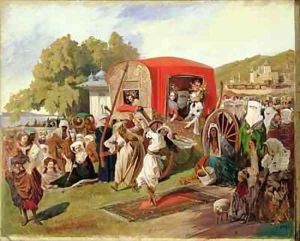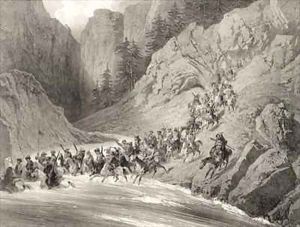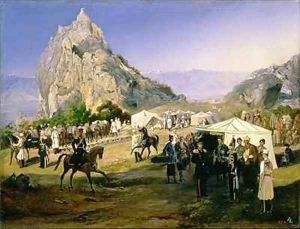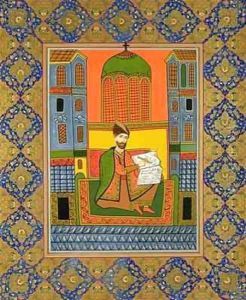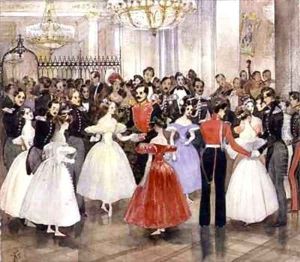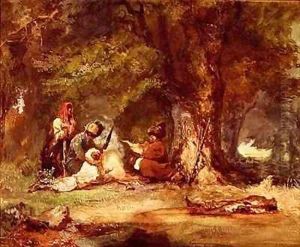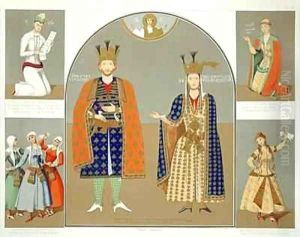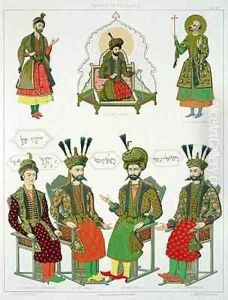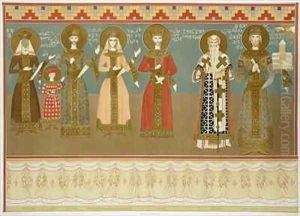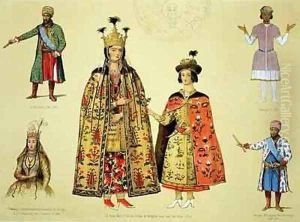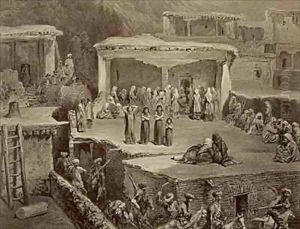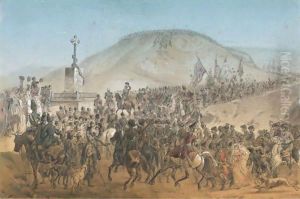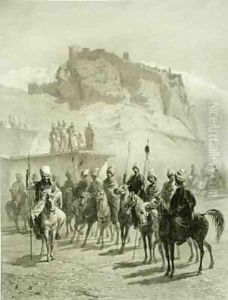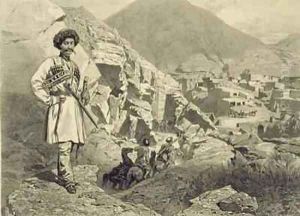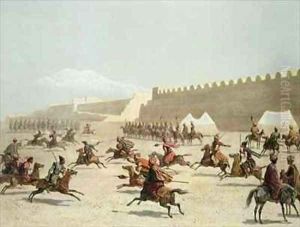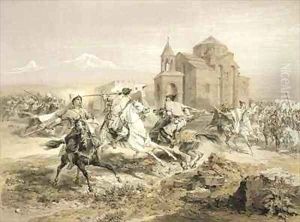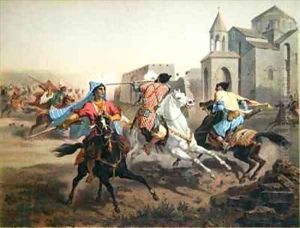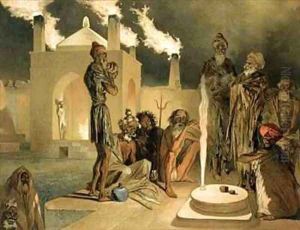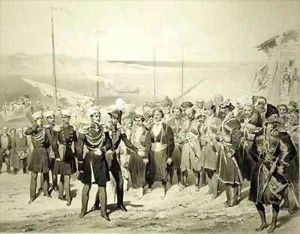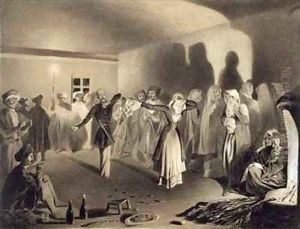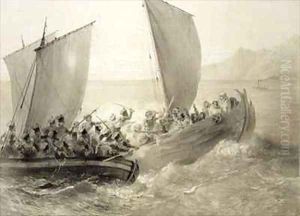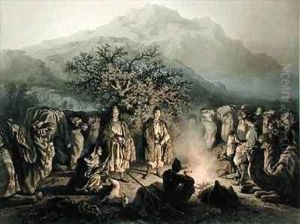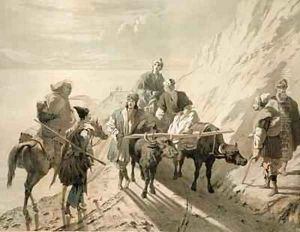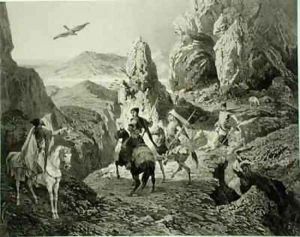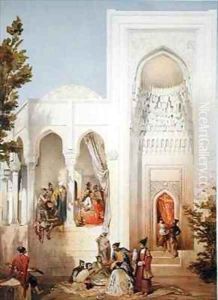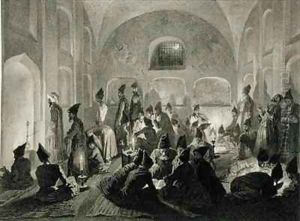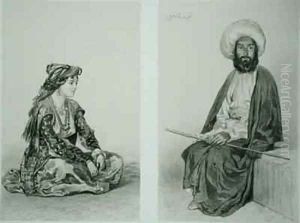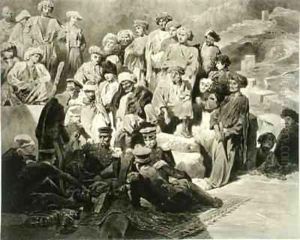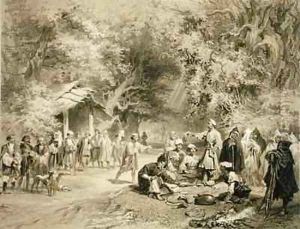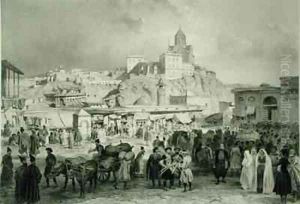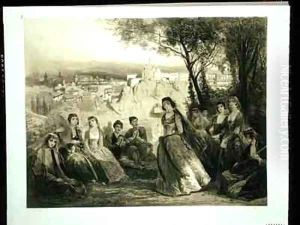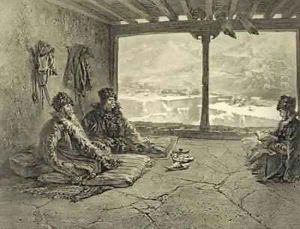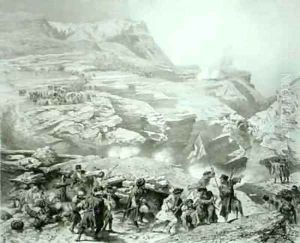Grigori Grigorevich Gagarin Paintings
Prince Grigori Grigorevich Gagarin was a Russian painter, diplomat, and a notable representative of Orientalism in Russian art. Born on May 11, 1810, in Saint Petersburg, Gagarin hailed from the noble Gagarin family. His father was a Russian diplomat, which meant that the young Grigori was exposed to different cultures and artistic traditions from an early age. This exposure would later be reflected in his eclectic artistic style.
Gagarin began his education in the art of painting at the Imperial Academy of Arts in Saint Petersburg. His talent was evident early on, and he further honed his skills in Italy, which was a traditional part of an artist's education at the time. Italy's rich artistic heritage, including the works of Renaissance masters, had a profound influence on Gagarin’s development as an artist.
In addition to his artistic pursuits, Gagarin also followed in his father's footsteps by embarking on a diplomatic career. He served in various diplomatic posts, most notably in the Caucasus region, where he was deeply influenced by the local cultures. His experiences in the Caucasus would permeate his artistic work, leading him to become an important figure in the Orientalist movement within Russian art. Gagarin depicted the people, landscapes, and cultures of the Caucasus with a romanticized perspective typical of Orientalist artists of the time.
Gagarin's contributions to art were not limited to painting alone. He was also involved in the worlds of theater and architecture. He designed sets for the Mariinsky Theatre and was engaged in various architectural projects. His interest in different forms of art was indicative of the interdisciplinary approach to art that was common among many nineteenth-century artists.
Prince Grigori Grigorevich Gagarin passed away on March 30, 1893. His legacy is a rich tapestry of works that capture the intersection of Russian and Eastern cultures, showcasing the diversity and breadth of the Russian Empire's artistic expressions during the 19th century.
